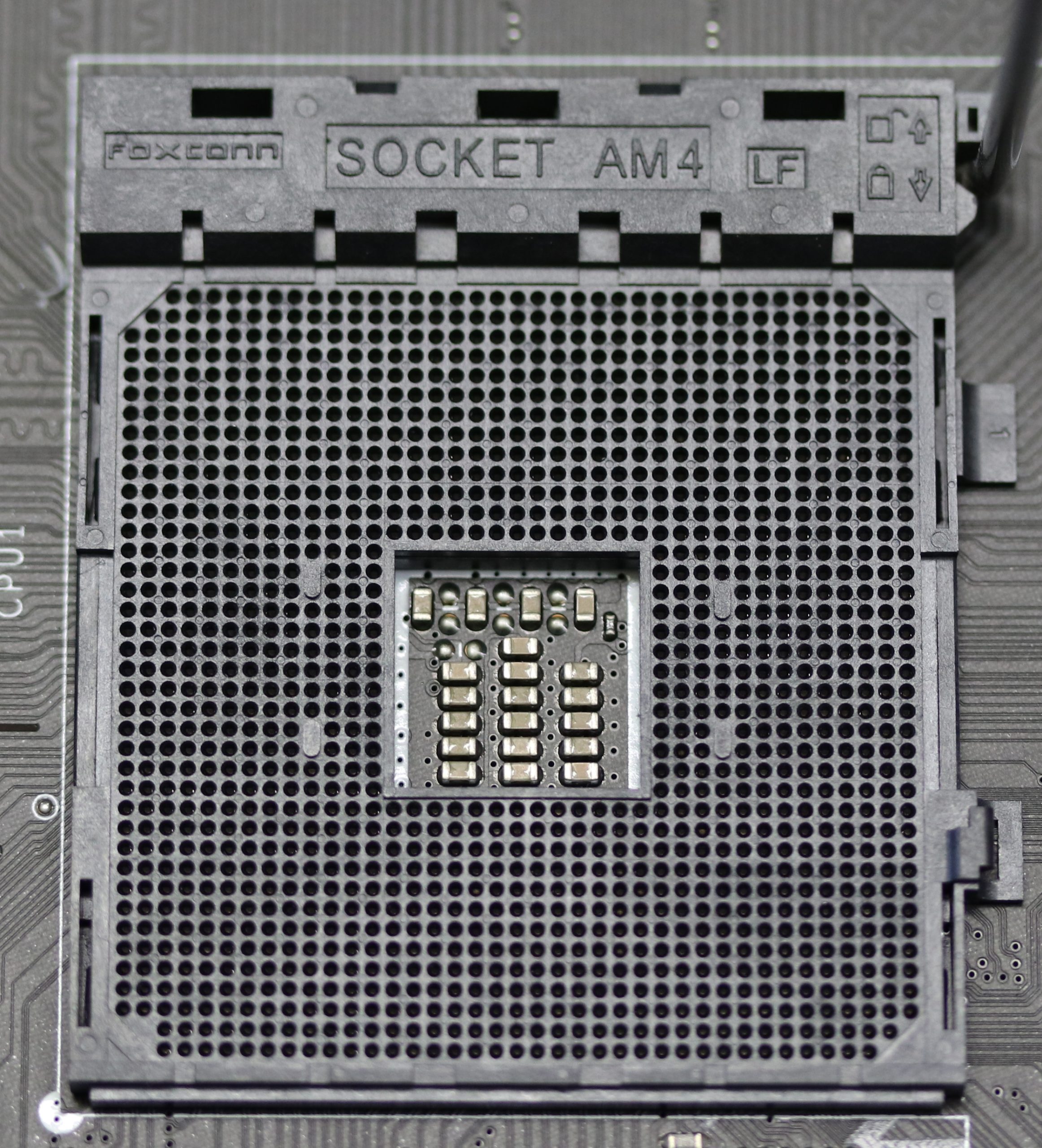While the tech world eagerly awaits the unveiling of next-generation processors, AMD surprised attendees at Computex 2024 with an unexpected announcement: the expansion of their popular Ryzen 5000 family. This move not only injects renewed life into these powerful processors but also extends the lifespan of the AM4 socket, a boon for PC builders looking to squeeze more performance out of their existing setups.

New XT Variants Breathe New Life into Zen 3 Architecture
The spotlight shines on two new XT variants – the AMD Ryzen 9 5900 XT and the AMD Ryzen 7 5800 XT. Both processors leverage the well-regarded Zen 3 architecture, known for its exceptional performance and efficiency.
- AMD Ryzen 7 5800 XT: This processor caters to gamers and enthusiasts seeking top-tier performance from an 8-core CPU. It boasts a single CCD (chipset) housing eight Zen 3 cores, mirroring the base 5800X. However, the 5800 XT ups the ante with a slightly higher maximum boost clock of 4.8 GHz compared to the 4.7 GHz of its predecessor. This subtle bump in clock speed positions the 5800 XT as the fastest eight-core processor within the Ryzen 5000 family. Additionally, it retains the same 105W TDP (Thermal Design Power) and 36 MB of combined L2+L3 cache as the 5800X.
- AMD Ryzen 9 5900 XT: This 16-core processor slots neatly between the existing Ryzen 9 5900X and 5950X offerings. It packs a powerful punch with 16 cores and 32 threads, ideal for content creators, streamers, and users tackling demanding workloads. The 5900 XT boasts a generous 72 MB of L2+L3 cache and maintains a 105W TDP. This combination delivers impressive performance while keeping power consumption within reasonable limits.
A Boon for AM4 Users: Upgrade Potential and Extended Platform Longevity
The arrival of the Ryzen 5000 XT processors is a welcome surprise for PC builders who have invested in the AM4 platform. These new XT variants offer a compelling upgrade path for users running existing Ryzen 5000 series processors, particularly those seeking a performance boost without the need for a complete system overhaul. The continued support for the AM4 socket further extends the platform’s lifespan, allowing users to leverage their existing motherboards for a longer period.
While official pricing hasn’t been confirmed, leaked information suggests a potential price point of $249 for the 5800 XT and $359 for the 5900 XT. However, AMD has clarified that these figures were inaccurate, and that final pricing may differ. Regardless, AMD assures these processors will offer an attractive price-to-performance ratio.
The Final Verdict: A Strategic Move by AMD
AMD’s decision to introduce the Ryzen 5000 XT processors is a strategic move on multiple fronts. It caters to users seeking a performance upgrade within the existing AM4 ecosystem, extends the platform’s lifespan, and potentially disrupts competitor strategies by offering compelling alternatives in the mainstream processor market. With the official launch date still under wraps, PC enthusiasts eagerly await further details and benchmark results to see how these XT variants stack up against existing offerings.
FAQs
Q: What are the key differences between the Ryzen 5000 XT processors and their non-XT counterparts?
A: The primary difference lies in clock speeds. The Ryzen 7 5800 XT boasts a slightly higher maximum boost clock of 4.8 GHz compared to the 4.7 GHz of the 5800X. The Ryzen 9 5900 XT slots between the existing 5900X and 5950X in the core count but maintains the same TDP.
Q: Will the Ryzen 5000 XT processors work with my existing AM4 motherboard?
A: Compatibility will depend on your specific motherboard and BIOS version. However, AMD has confirmed that these processors will be supported by most AM4 motherboards with a BIOS update. It’s recommended to check your motherboard manufacturer’s website for compatibility information and BIOS updates.




